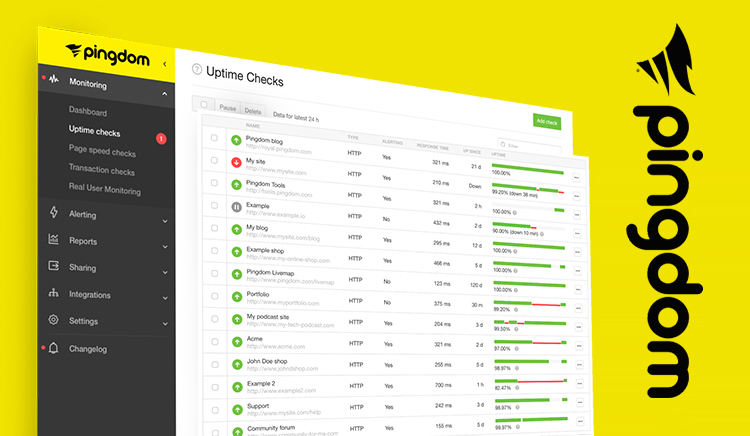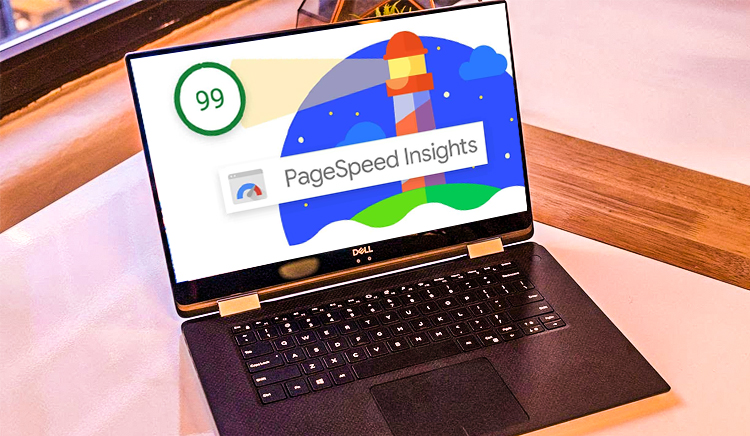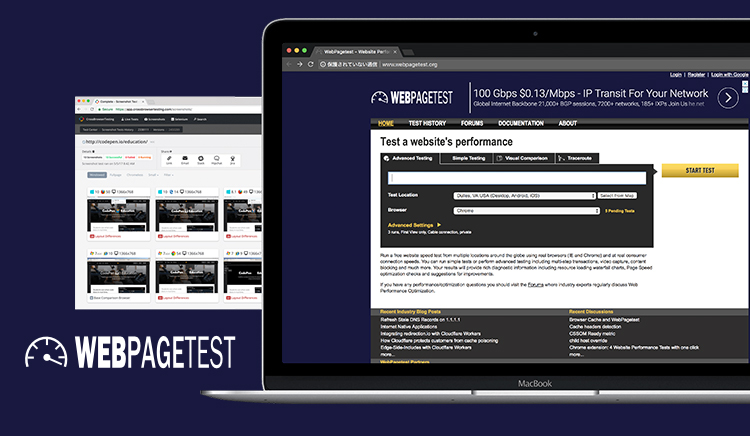A cute welcoming video on your homepage is a good marketing move. So, what if it increases your site’s loading time by another 5 seconds. After all, what difference can a few seconds make, right?
Wrong!
Your website speed might not matter to you, but it DOES matter to your customers. You will be surprised to know that even a 1-sec delay in page load time can cost you 7% of your potential customers, as more than half of the web users expect a website to batch in less than 2 seconds and will abandon it, if it fails to do so within 4 seconds. Even the big guns of E-commerce, Amazon and Walmart found this to be true, reporting a 1% and 2% respective increase in their conversion rate for every 1 sec decrease in their site’s processing time.

And that’s not all. Even Google cares about your website’s speed as page load time is one of its rank determinants. In 2010, Google announced that it will penalize slow-performing websites in search rankings.
With all these facts and stats, it is clear that a fast website is not just a requirement but a necessity. But how will you determine your site’s load time before you lose out all those conversions? No need to sweat. Here’s are the tools that will do it for you:
3 Tools You Need to Check Your Website Speed
#1. Pingdom
A free online testing tool, Pingdom not only grades your site’s speed, but also provides a visual depiction of the time taken by each site element to load.

#2. Google PageSpeed Insight
Google’s PageSpeed Insight grades both desk and mobile website speeds by fetching their URL and producing a “site rank” on the scale of 1-100. The higher the number, the faster your website. The tool is available as a web-based tool as well as a chrome extension.

#3. WebPageTest
WebPageTest is an amazing website performance testing tool for global websites as it allows the users to test their site’s speed over various browsers and at different locations.

4 Ways You Can Fasten Up Your Website
Now that you know how fast your website is, please don’t start pulling out those pretty hair of yours. Just follow these simple steps to chop off a few seconds from your site and get it moving:
#1.Give your design a KISS (keep it simple, silly)
One of the quickest ways you can fasten up your website is by keeping your design simple and light. As per Yahoo, the elements present on a page contribute to 80% of its loading time as each element requires its own HTTP request which leaden the page.

To trim down the HTTP requests, start with streamlining the number of elements on your pages. Try to use CSS instead of images. Also, remember to keep the CSS on the top and JS at the bottom.
#2. Cache your browser if you can
Enabling browser caching helps your users cache the latest version of your website pages on their devices or browsers so that the browser doesn’t have to send HTTP request to the server every time they visit your website.
#3. Enable compression
If you are adding high-quality content like images and videos to your pages, they tend to become heavy which slows them down. To increase their load time, using GZIP compression tool which compresses the bandwidth of your pages thus reducing the HTTP response and increasing the speed by 70%.
#4. Optimize your images

You might want to pretty up your website by adding a few images, but keep in mind that large or oversized images take much longer to process. Thus optimizing them to a correct size is important. You can use image editing tools like Photoshop or Smush.it to do so. Plus, keep them in the JPEG format and avoid leaving your image src empty as it might add unnecessary traffic to your server and can corrupt user data.
Conclusion
So what did we learn? – Your site’s speed not only contributes to your Google ranking, but also has a significant role in your conversion rate. Therefore YES, a few seconds can make all the difference! And 42Works is here to shave off those extra seconds from your load time, going through and beyond the above-mentioned points.


